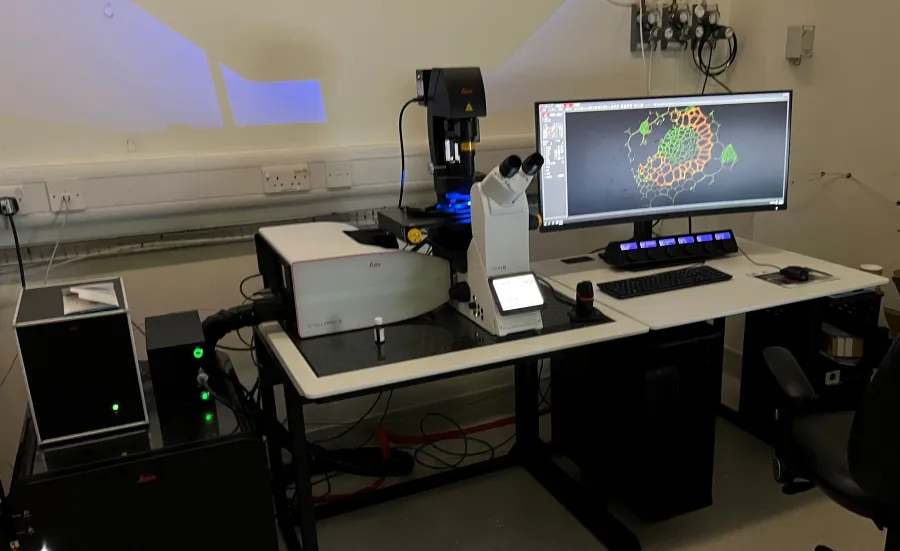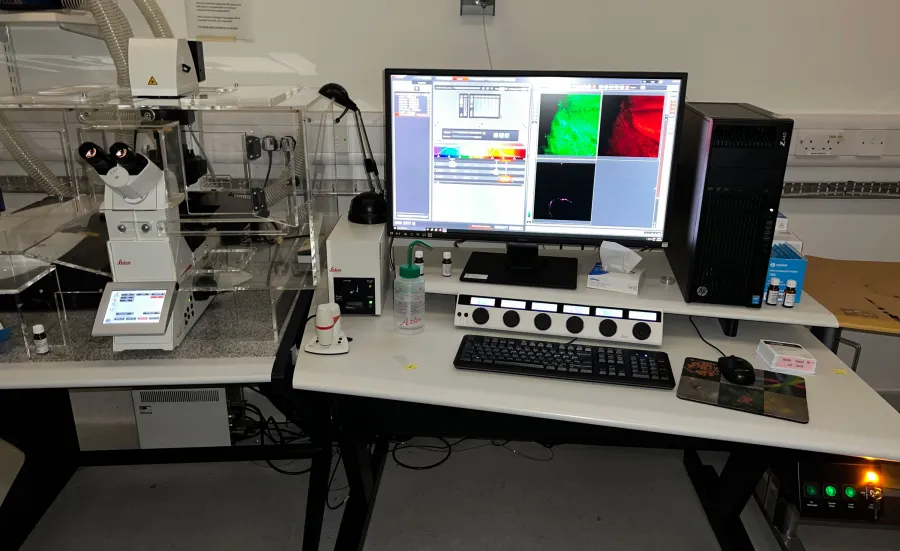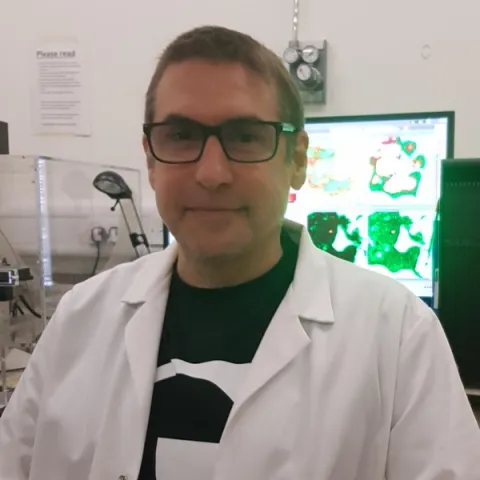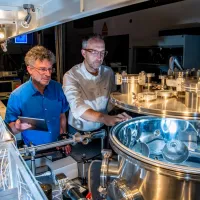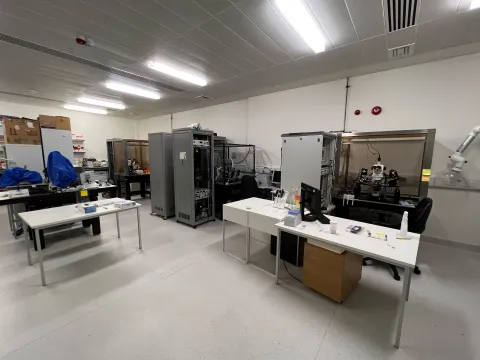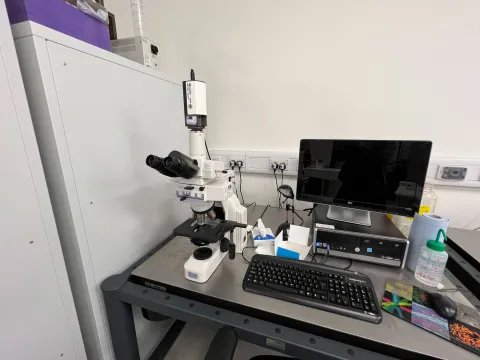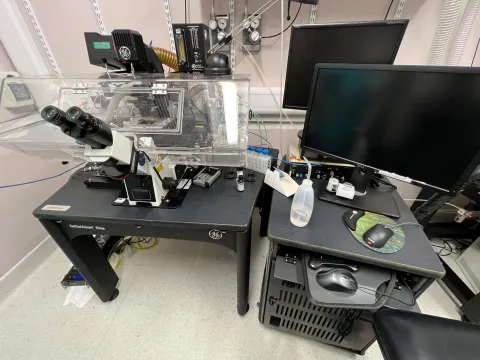About the Confocal microscopes
Our confocal microscopes provide high magnification and high resolution imaging.
The principle difference between confocal microscopy and conventional widefield fluorescence microscopy is that images are comprised of stacks of sections of a discrete thickness. These can be used for 3D microscopy.
Sections of a known thickness are also superior for making quantitative measurements such as protein expression. Confocal microscopes are also slightly higher resolution than conventional widefield microscopes, and provide a sharper, higher SNR image.
Part of: Imaging and microscopy centre
